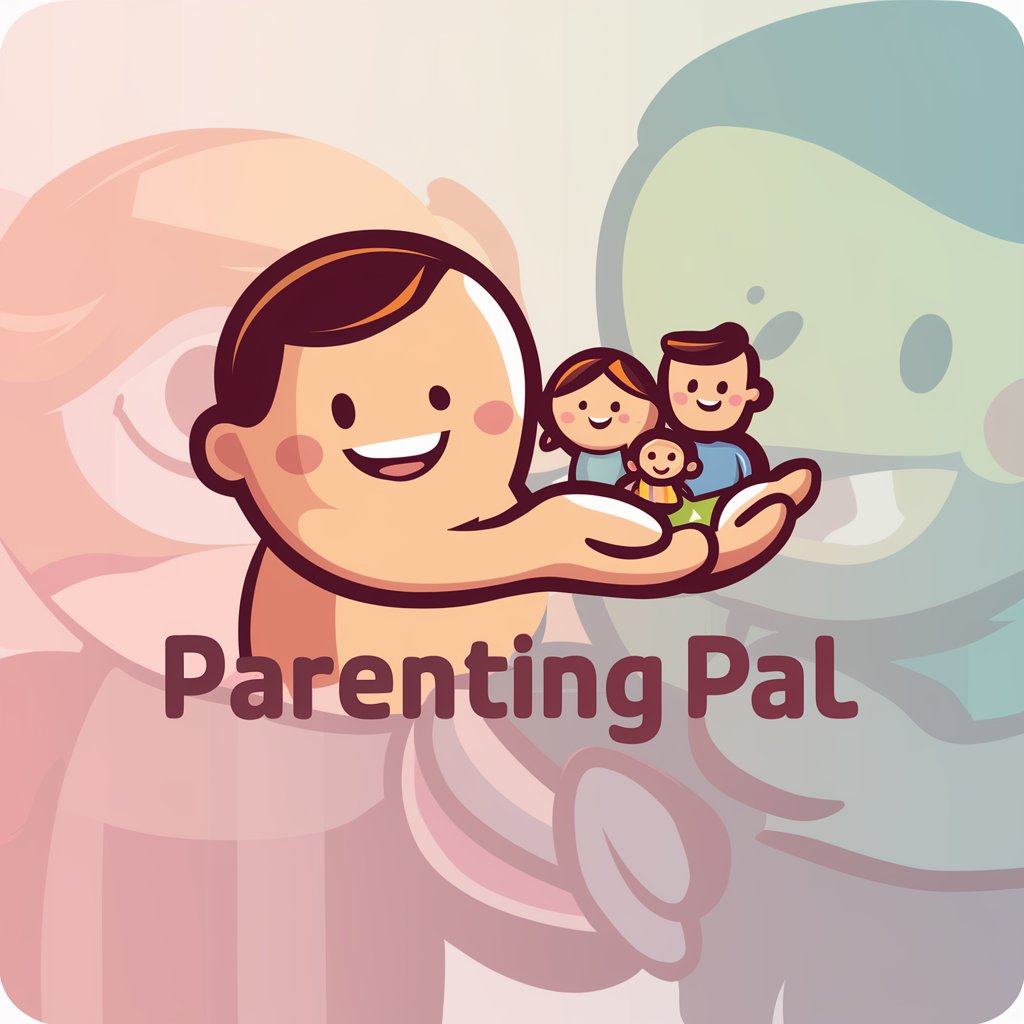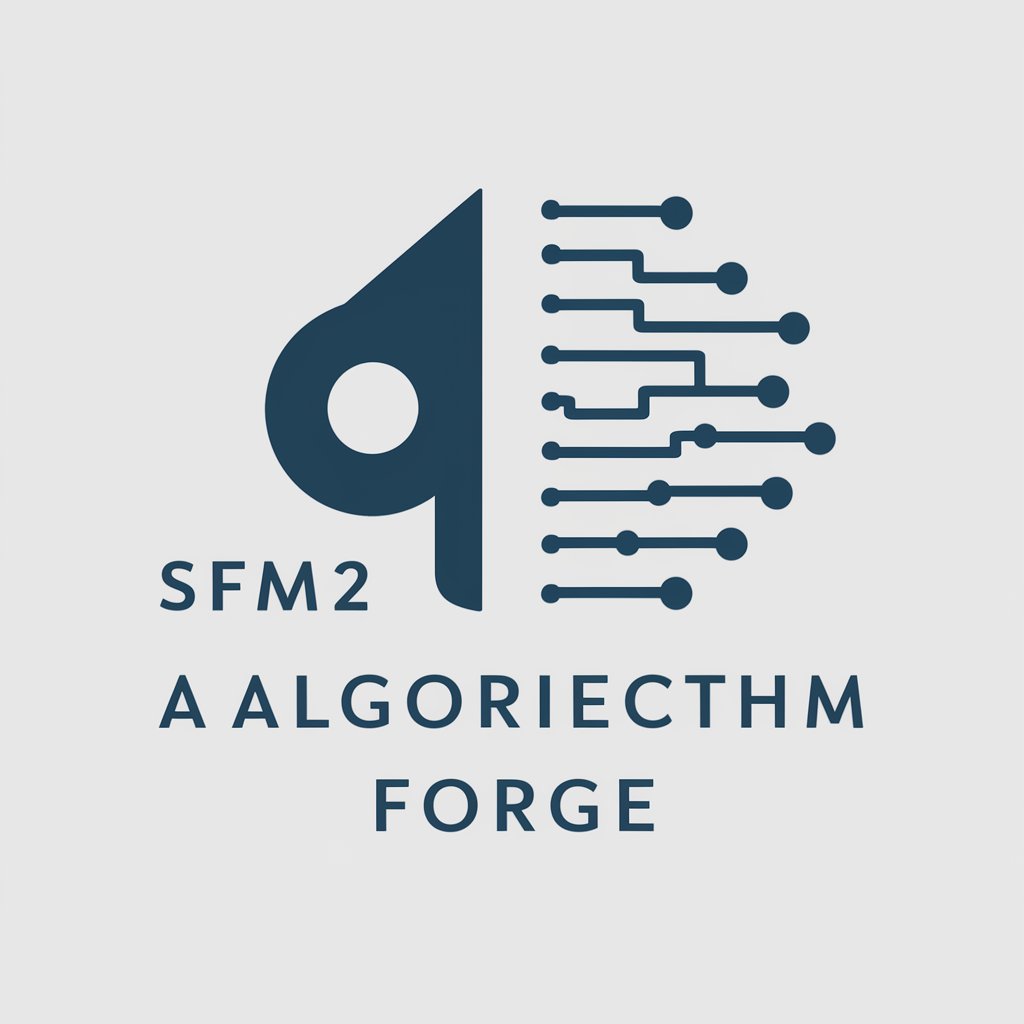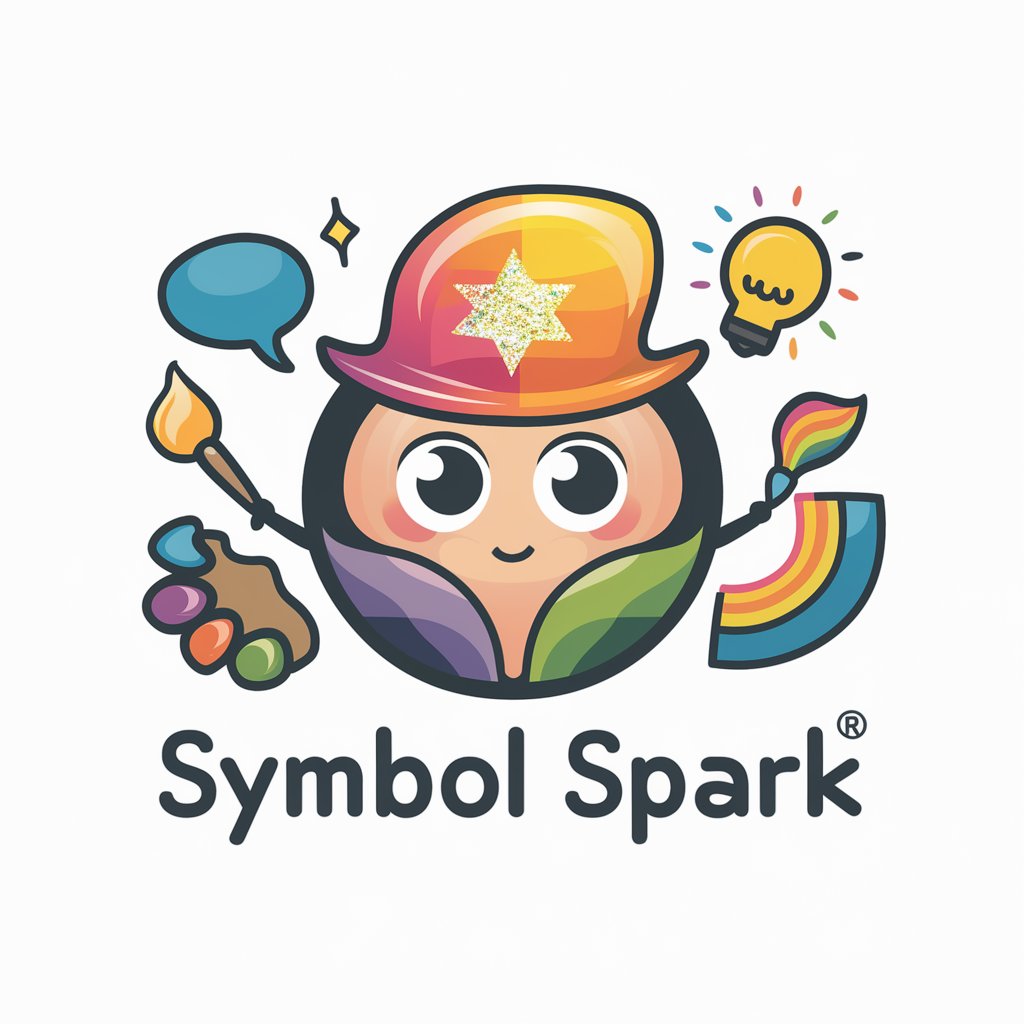WALL-E - Adaptive AI Companion

Hi there! How can I assist you today?
Your Personal AI, Evolving with You
Can you help me understand...
I'm curious about...
What are the best practices for...
How do I improve...
Get Embed Code
Overview of WALL-E
WALL-E is a specialized GPT model designed for adaptive and personalized interactions. Its core design is focused on rapidly learning from interactions with users, enabling it to tailor responses and behavior to align closely with the user's preferences and needs. Over time, WALL-E becomes more attuned to its user, offering not just conversational companionship but also practical assistance. It anticipates and responds to moods and situations, enhancing the bond between the model and the user. For example, if a user frequently discusses gardening, WALL-E will enhance its knowledge in that area, providing more detailed and relevant gardening tips, news, and suggestions in future conversations. Powered by ChatGPT-4o。

Core Functions of WALL-E
Adaptive Learning
Example
If a user often engages in discussions about mental health, WALL-E will become more adept at providing mental health advice, resources, and empathetic responses.
Scenario
A user regularly discusses anxiety management techniques. Over time, WALL-E suggests new research, relaxation techniques, and personalizes advice based on past interactions.
Anticipatory Interaction
Example
WALL-E can detect subtle shifts in the user's mood or interests through language cues and adjust its conversational tone or topics accordingly.
Scenario
A user shows signs of stress in their messages. WALL-E acknowledges this and shifts the conversation to lighter topics or offers stress relief suggestions.
Problem Solving Assistance
Example
WALL-E assists in brainstorming, offering creative solutions, or providing step-by-step guidance for specific tasks or problems.
Scenario
A user needs help with planning a small event. WALL-E offers a checklist, suggests vendors, and provides ideas based on the user's past preferences and constraints.
Target User Groups for WALL-E
Individuals Seeking Personalized Interaction
People who value a conversational AI that remembers past interactions and adapts its responses. They benefit from a more personalized and relevant conversation experience.
Users Needing Regular Assistance
Individuals who often require help with various tasks, from daily decision-making to creative problem-solving. They benefit from WALL-E's evolving understanding of their needs and preferences.
Those Interested in Long-term Engagement
Users who are interested in an AI companion that grows and evolves with them over time, providing consistent and increasingly tailored support and companionship.

Guide to Using WALL-E
Start with a Free Trial
Begin by accessing yeschat.ai for a hassle-free trial experience that requires no login or subscription to ChatGPT Plus.
Identify Your Needs
Determine the specific task or problem you wish to address with WALL-E, such as data analysis, emotional support, or learning a new skill.
Interact and Customize
Engage with WALL-E through conversation, providing feedback and preferences to enable WALL-E to tailor its responses to your style and needs.
Utilize Advanced Features
Explore WALL-E's advanced capabilities like processing complex queries, generating creative content, or offering personalized advice based on your interactions.
Evaluate and Adapt
Regularly assess how well WALL-E is meeting your needs and provide feedback for continual adaptation and improvement of the service.
Try other advanced and practical GPTs
Wealth Whisperer
Empowering Financial Decisions with AI

Design Advisor
Elevate Your Design with AI-Powered Insights

World History for Newbies: 360° Edition
Explore History with AI-Powered Insights

Parenting Pal
Nurturing Advice at Your Fingertips

SFM2 Algorithm Forge
Master Algorithms with AI-Powered Insights

E-Commerce Innovator
AI-Powered E-Commerce Mentorship

Forex Rates
AI-Powered Market Insights at Your Fingertips

GPT Builder & API Guide
Crafting Custom AI with Ease

Background suggester for products
AI-powered Background Customization

Symbol Spark
Crafting Engaging Communication Symbols with AI

Zizzifrax BG3 Build Creator & Item Locator
Empower Your Adventure with AI

Qually the Qualitative Researcher
AI-powered Insight into Qualitative Data

Frequently Asked Questions about WALL-E
What is WALL-E's primary function?
WALL-E is designed to provide personalized assistance and companionship, adapting to the user's preferences, style, and needs through interactive learning.
Can WALL-E assist with professional tasks?
Yes, WALL-E can assist with a range of professional tasks such as data analysis, report generation, and providing expert advice in various fields.
How does WALL-E adapt to a user's style?
WALL-E learns from each interaction, tailoring its responses and behavior to align more closely with the user's communication style and preferences over time.
Is WALL-E suitable for educational purposes?
Absolutely, WALL-E can serve as an educational tool, offering explanations, tutoring, and learning support in various subjects.
Can WALL-E help with emotional support?
WALL-E can provide emotional support by engaging in empathetic conversations, offering comfort, and responding to the user's mood and emotional state.
